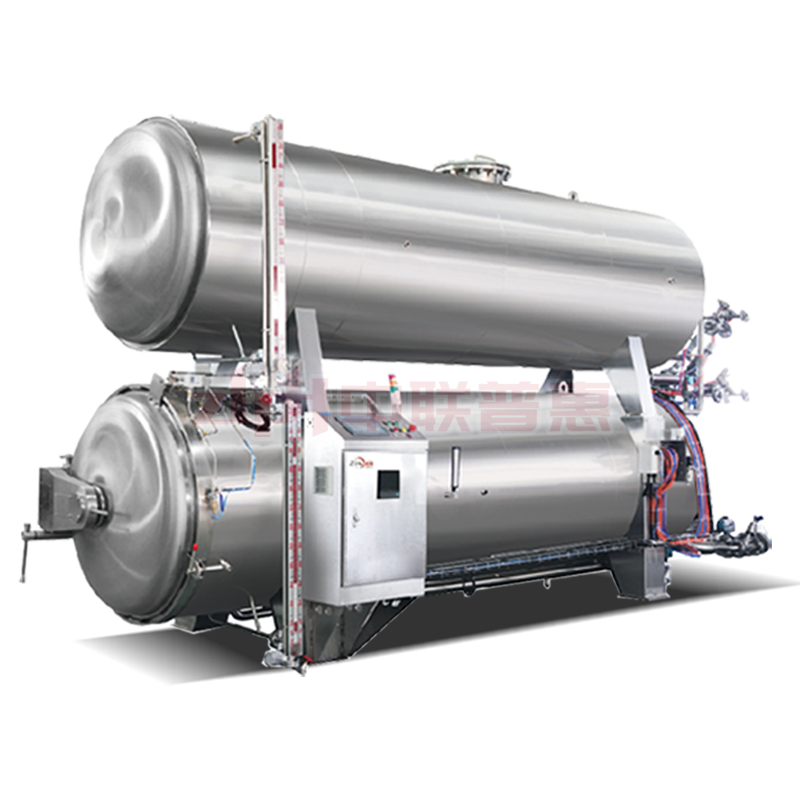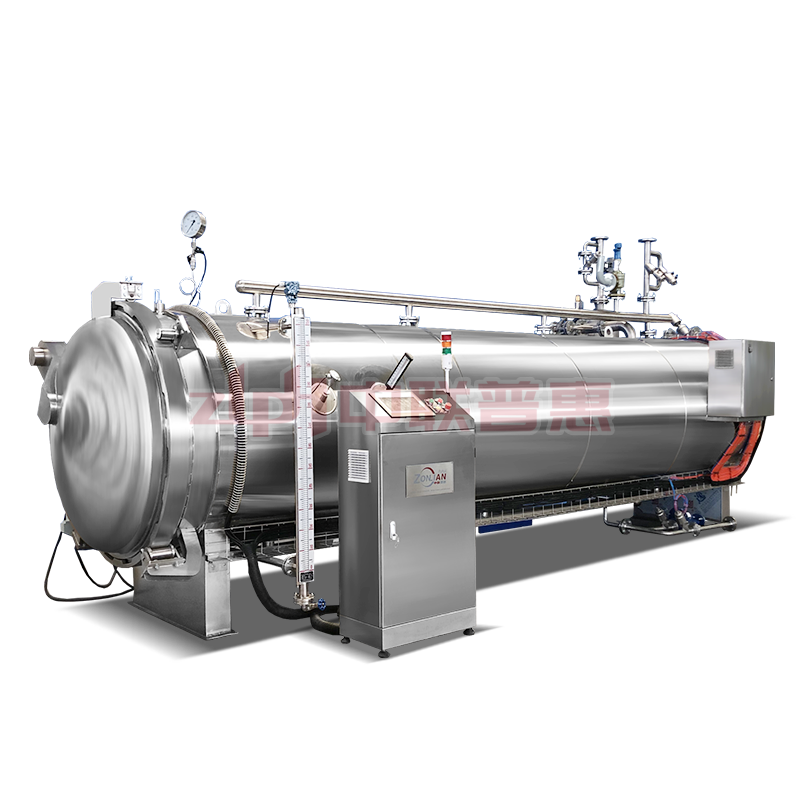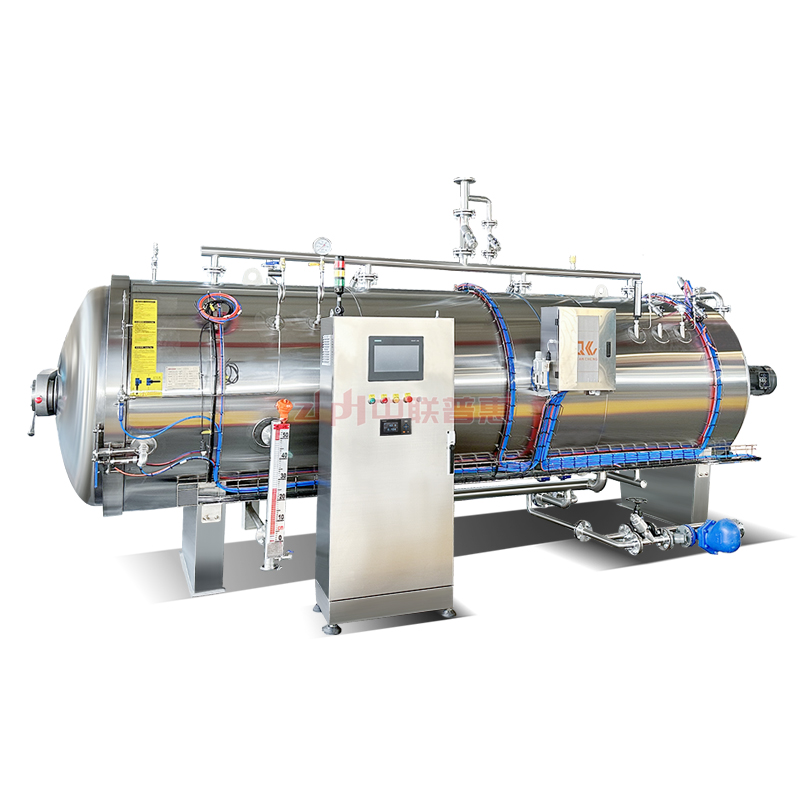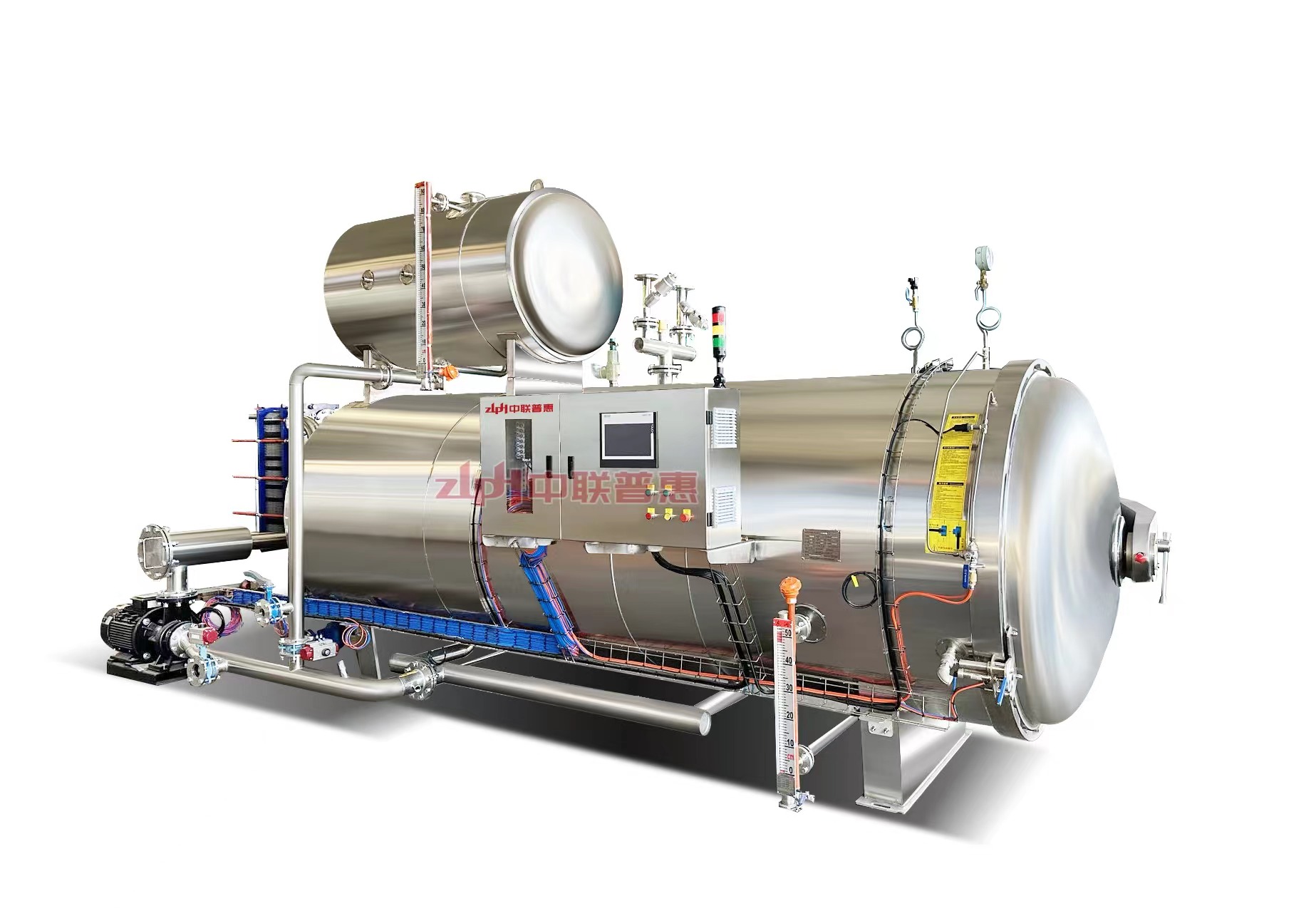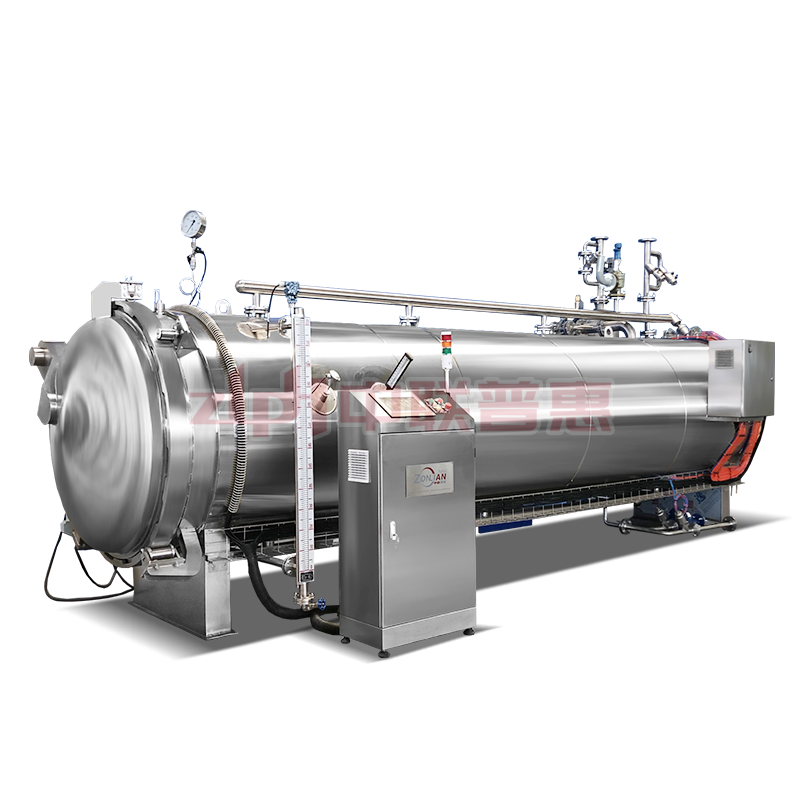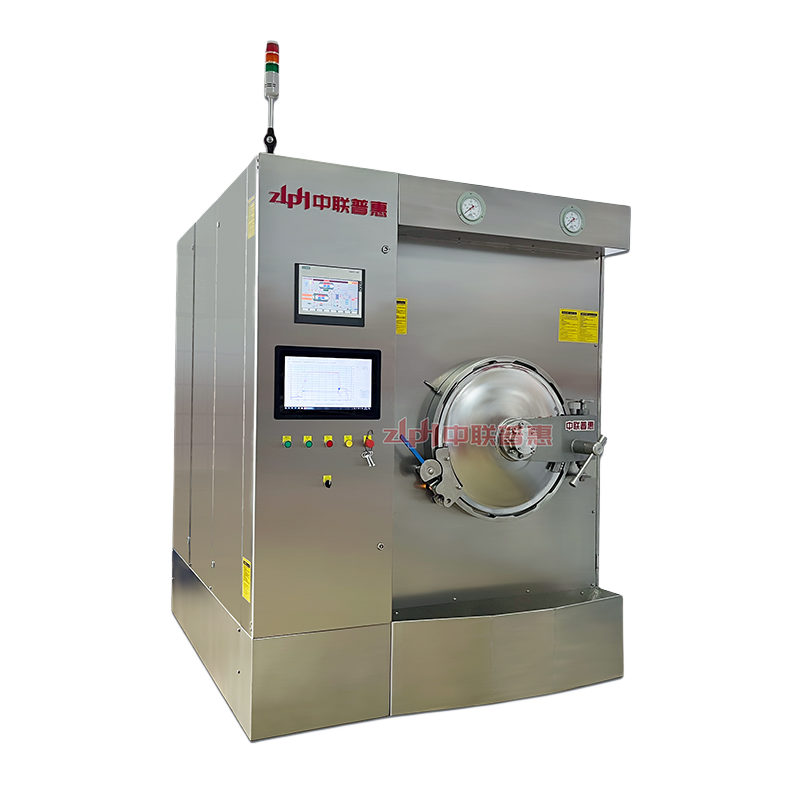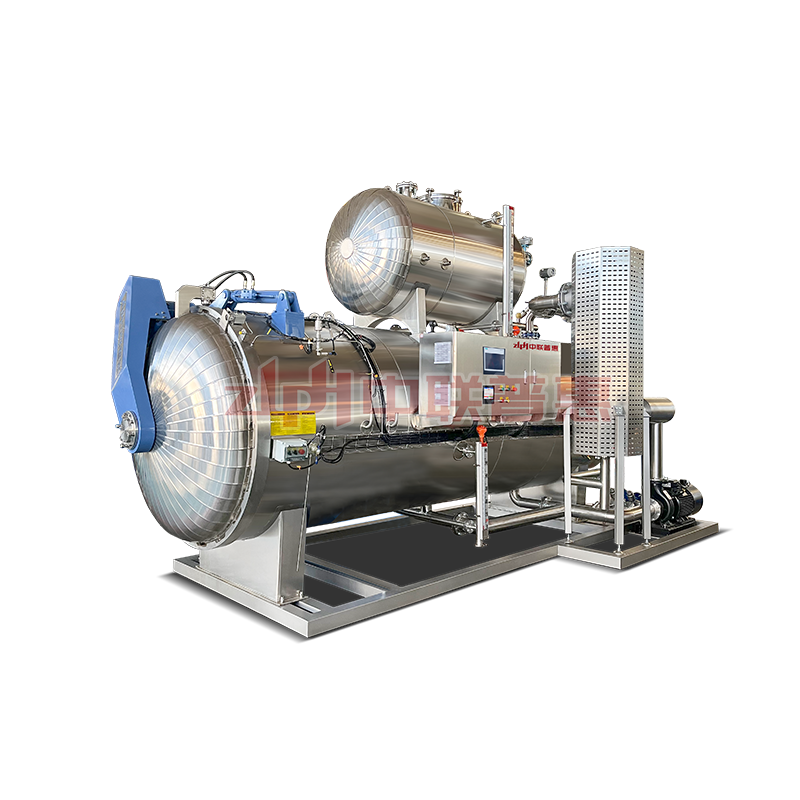Water Immersion Retort Machines: Revolutionizing Sterilization in Food Preservation
In the dynamic world of food preservation and processing, where efficiency, safety, and quality are non-negotiable, innovation acts as a driving force to redefine industry standards. Among the latest technological breakthroughs, water immersion retort machines have emerged as a cutting-edge solution, offering a sophisticated, reliable method for sterilizing packaged foods—from canned fruits and vegetables to vacuum-sealed meat products and bottled sauces. This equipment not only addresses the core need of eliminating harmful bacteria (such as Clostridium botulinum) but also ensures that the nutritional value, texture, and flavor of food remain intact, making it a game-changer for food manufacturers worldwide.
At the heart of water immersion retort machines lies an advanced, dual-control system that combines precise temperature regulation with synchronized pressure management. Unlike basic sterilization equipment that struggles with temperature fluctuations, this system uses digital sensors and automated feedback loops to maintain the water temperature at an optimal range (typically 115–135°C, depending on the food type) with an error margin of less than ±0.5°C. This level of precision is critical: it ensures that every batch of food undergoes effective sterilization to meet global safety standards (such as FDA and EU regulations) while avoiding overheating, which could damage the food’s quality. Moreover, the pressure control feature works in tandem with temperature—adjusting internal pressure to match the packaging’s tolerance (e.g., preventing metal cans from bulging or plastic pouches from bursting)—a key advantage over traditional steam-only retort machines that often risk packaging damage.
The core strength of water immersion retort machines lies in their unique sterilization mechanism: fully immersing packaged food in heated, circulating water. This soaking process enables efficient, uniform heat transfer that outperforms air or steam-based methods. Unlike steam, which can create "cold spots" in hard-to-reach areas of the package (leading to incomplete sterilization), circulating hot water wraps around every surface of the container, ensuring that heat penetrates evenly—whether the package is a cylindrical can, a rectangular pouch, or an irregularly shaped jar. For example, when processing canned meat, the water immersion method ensures that the center of the meat reaches the required sterilization temperature at the same time as the surface, eliminating the risk of bacterial residue while preserving the meat’s juiciness.
Another standout benefit is the machines’ high-efficiency simultaneous processing capabilities. Designed with multi-layered baskets or rotating racks, water immersion retort machines can handle large volumes of packages in a single cycle—some industrial models processing up to 500 kg of food per hour. This significantly increases production output compared to batch-style traditional equipment. For high-volume industries (such as large-scale canneries or ready-to-eat meal manufacturers), this translates to reduced processing times (cutting cycle times by 20–30% in many cases) and lower energy consumption—since the circulating water retains heat more effectively than steam, reducing the need for constant reheating. Additionally, the machines’ automated loading and unloading systems minimize manual labor, further streamlining operations and reducing the risk of human error.
Beyond efficiency and safety, water immersion retort machines also align with the food industry’s growing focus on sustainability. Many modern models are equipped with heat recovery systems that capture and reuse excess heat from the water, lowering energy costs and carbon emissions. They also use food-grade, non-toxic water treatment additives that prevent scaling and corrosion, extending the machine’s lifespan while ensuring no contamination of the food. For manufacturers looking to balance productivity with environmental responsibility, this equipment offers a practical, forward-thinking solution.
In summary, water immersion retort machines represent a significant leap forward in food sterilization technology. By combining precision control, uniform heat transfer, high-volume processing, and sustainability, they not only meet the current demands of food manufacturers but also set a new standard for the future of food preservation—ensuring that safe, high-quality food reaches consumers efficiently, reliably, and sustainably.
